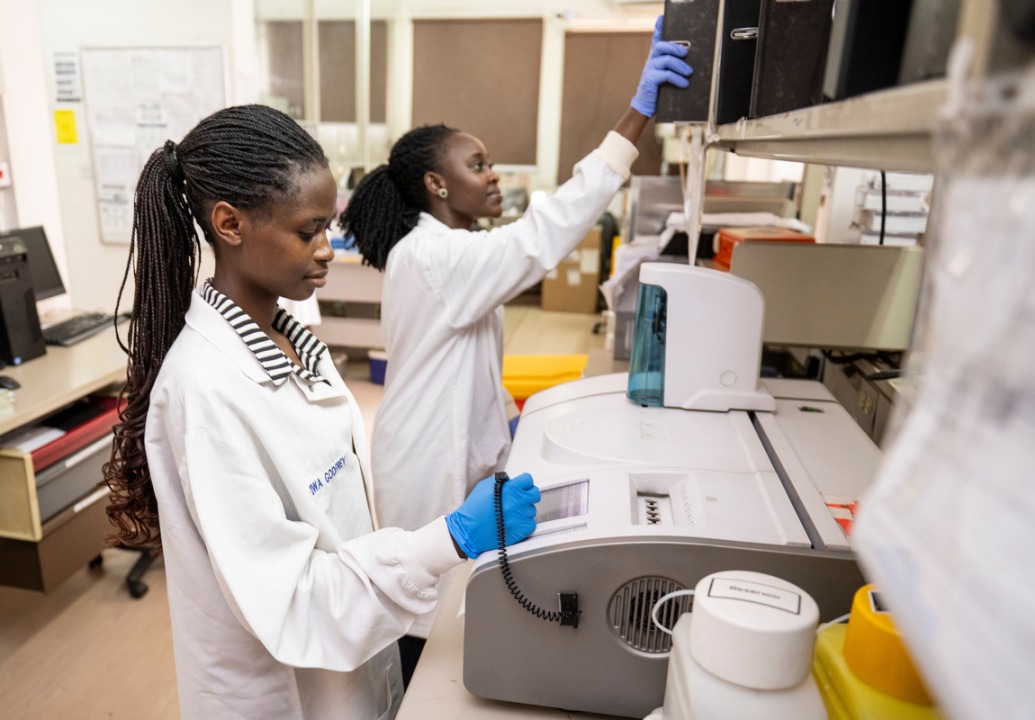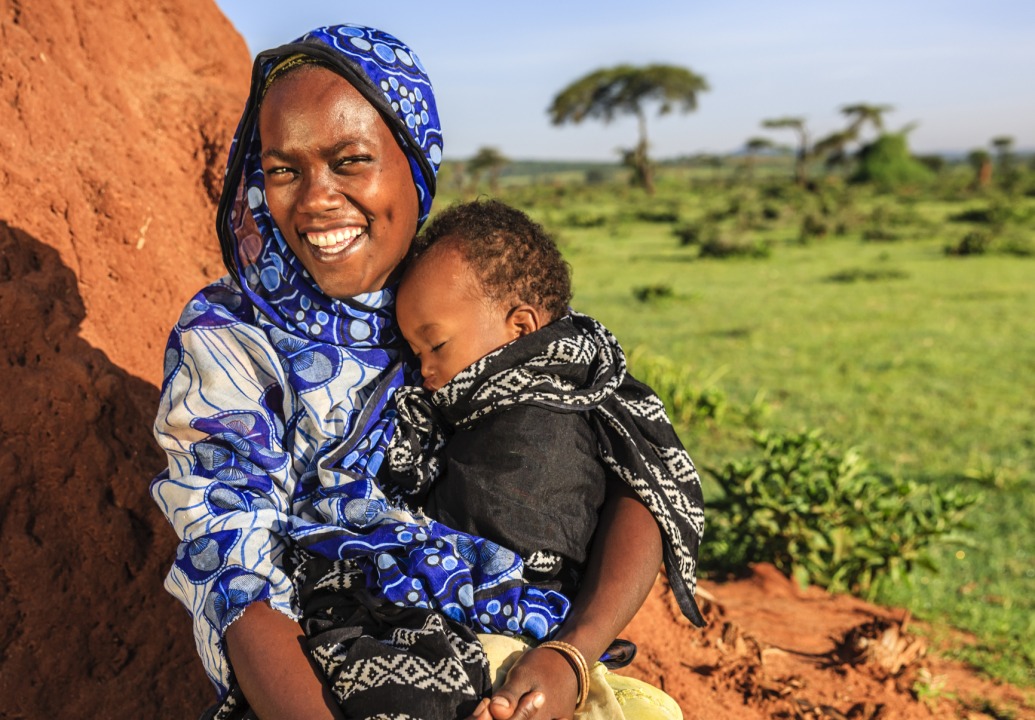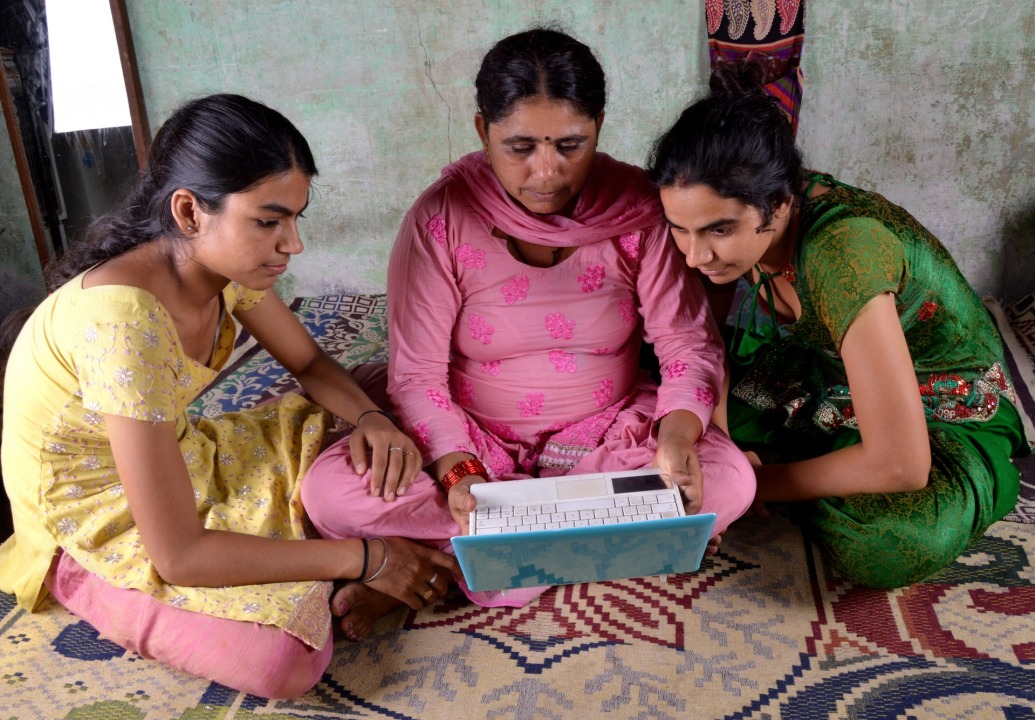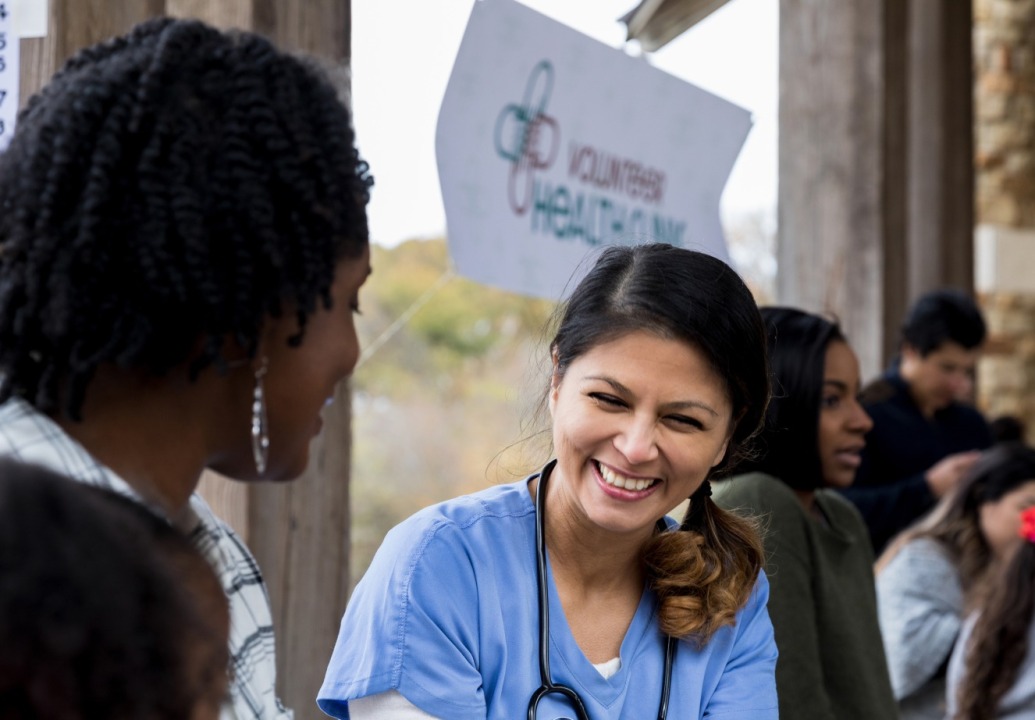
HPV and Cervical Cancer Resources
This website compiles HPV-related resources from various sources for informational purposes only. While we strive for accuracy, information may become outdated due to ongoing advancements. Consult healthcare professionals for personalized advice.
What to Know About HPV & Cervical Cancer
Frequently Asked Questions
- What is cervical cancer?
- How prevalent is cervical cancer?
- How is cervical cancer prevented?
- How many HPV vaccines and screening tests are available?
- What is the right age to take HPV vaccine?
- What is the optimal dosage of the HPV vaccine?
- What is the difference between the various screening methods?
- How can I learn more about cervical cancer elimination?
- How can I find information about cervical cancer in my country?

What is Cervical Cancer?
Cervical cancer develops in a woman’s cervix, which is located at the end of the uterus where it meets the vagina. It is a cancer that can be prevented. Effective primary prevention (vaccination against HPV, or human papillomavirus, the cause of most cervical cancers) and secondary prevention (screening for and treating precancerous lesions) protect against most cervical cancer cases. The World Health Organization (WHO) has targeted cervical cancer as the first cancer to be eliminated.

How prevalent is cervical cancer?
Cervical cancer is the fourth most common cancer in women, with 660,000 new cases and 350,000 deaths recorded in 2022. However, incidence and deaths vary across regions and countries, e.g. the African continent has 8 times higher mortality rates compared to North America. In 25 countries, cervical cancer is now the most common cancer affecting women and in 58 countries it is the second most common. 94% of cervical cancer deaths occur in low- and middle-income countries (LMICs), where women have less access to prevention and treatment.

How is cervical cancer prevented?
Cervical cancer is preventable and with a comprehensive strategy based on three pillars — vaccination, screening, and treatment – it can be eliminated. 95% of cervical cancer cases are caused by persistent untreated HPV infection in the cervix. Several highly effective vaccines are available which can prevent HPV infection and cervical cancer. In addition, screening can help detect precancerous lesions which can be easily removed and treated.

How many HPV vaccines and screening tests are available?
According to WHO’s latest guidance in December 2022, there are six licensed HPV vaccines: three bivalent (two HPV strains), two quadrivalent (four HPV strains), and one nonavalent (nine HPV strains) vaccine. While visual inspection (VIA) and cytology-based screening methods exist, WHO has recommended DNA testing as the first choice to detect high-risk HPV genotypes. As of June 2023, WHO has pre-qualified 4 HPV DNA tests for use in countries.


What is the optimal dosage of the HPV vaccine?
The World Health Organization updated its HPV vaccination recommendations in December 2022, saying one dose of HPV vaccine is as effective as the previously-recommended two doses for girls and women ages 9-20. Two doses are still recommended for women over age 21, and three doses for women living with HIV.

What is the difference between the various screening methods?
There are several methods of screening for cervical cancer including conventional cytology, liquid-based cytology, visual inspection with acetic acid (VIA), and HPV nucleic acid (DNA/RNA) testing. HPV DNA testing has been shown to have higher reduction in cervical cancer compared to other screening methods.


Additional Resources
What are some of the active learning groups with regular webinars and learning activities?
- Global Initiative against HPV and Cervical Cancer (GIAHC)
- Union for International Cancer Control (UICC)
- International Papillomavirus Society (IPVS)
- TogetHER for health
What are some successful examples of countries or regions which have made significant progress towards eliminating cervical cancer?
- Australian center for the prevention of cervical cancer
- Indonesia national cervical cancer elimination plan 2023-2030
- “The vaccine is extremely effective”: no cases of invasive cervical cancer found in Scottish women vaccinated against HPV
Where can I find resources to train health workers or tools for health workers on cervical cancer?
- WHO cervical cancer elimination initiative knowledge repository
- Training at IARC
- WHO PAHO virtual course on comprehensive cervical cancer control
- Union for International Cancer Control (UICC)
- International Papillomavirus Society (IPVS)
- TechNet 21 – HPV introduction – technical resources
- WHO’s HPV vaccine introduction clearinghouse
Where can I find communication material to improve my community’s understanding of cervical cancer?
- WHO cervical cancer elimination day of action 2023: Advocacy toolkit
- IPVS HPV hub
- GIAHC communication tools
- Ask about HPV
How can misinformation and disinformation regarding cervical cancer elimination strategies be addressed?
- ICO/IARC information centre on HPV and cancer
- CCA for elimination (CCAE) communication toolkit
- Practical playbook for addressing health misinformation
- Talking about the HPV vaccine
How can cervical cancer elimination strategies be integrated together along with other healthcare services?
How can countries with limited resources set up strong cervical cancer control programs?
- Gavi – What can we learn from HPV vaccine delivery costs?
- CCAE – HPV vaccination financing strategies
- Country-level examples from the SUCCESS project on secondary prevention
Is HPV vaccine only meant for girls?
- WHO position paper on HPV vaccine
- WHO’s HPV vaccine introduction clearinghouse
- WHO – Considerations for human papillomavirus (HPV) vaccine product choice
How can my country’s healthcare system deliver vaccines to the adolescent age group?
What are some effective strategies to improve HPV immunization coverage?
Recent Articles of Interest on HPV and Cervical Cancer (January 2025 – March 2025)
- The ASCO Post | BVAC-C Plus Durvalumab May Show Potential In Patients with Recurrent Cervical Cancer | March 17, 2025
- The Lancet | Prevention and Control of HPV-related cancers in people living with HIV | March 11, 2025
- Diabetes In Control | Survey Reveals Common Misconceptions About Human Papillomavirus | March 11, 2025
- Otago Daily Times | Low Jab Rates Spur Call | March 10, 2025
- Express Tribune | Cervical Cancer | March 10, 2025
- Insight | Partnerships across sectors key to eliminate cervical cancer for all culturally diverse communities | March 10, 2025
- Times of India | Breast, cervical cancer on rise in India | March 9, 2025
- JAMA Network Open | Rural-Urban Disparities in Cervical Cancer Incidence and Mortality Among US Women | March 3, 2025
- Advances in Biomedical and Health Sciences | Prevalence and associated risk factors of cervical cancer among women in a Nigerian cohort | February 2025
- medRxiv | HIV, HPV, and Oral Health in Tanzania: A scoping review | February 5, 2025
- PAHO | Countries of the Americas to have access to the HPV9 vaccine through the PAHO Revolving Fund from mid-2025 | February 5, 2025
- Physician’s Weekly | Evaluation of HPV and Related Cancer Awareness and Vaccination Attitudes Among Patients with Anogenital Warts: a Survey-Based Study | February 3, 2025
- Cureus | A Pilot Study on the Feasibility and Integration of High-Risk Human Papillomavirus (HPV) Testing for Cervical Cancer Prevention in Trinidad and Tobago | February 2, 2025
- New England Journal of Medicine 01/01/25 Cervical Cancer
Feedback on this page can be sent to: sabin@sabin.org

We make vaccines more accessible, enable innovation and expand immunization across the globe.






